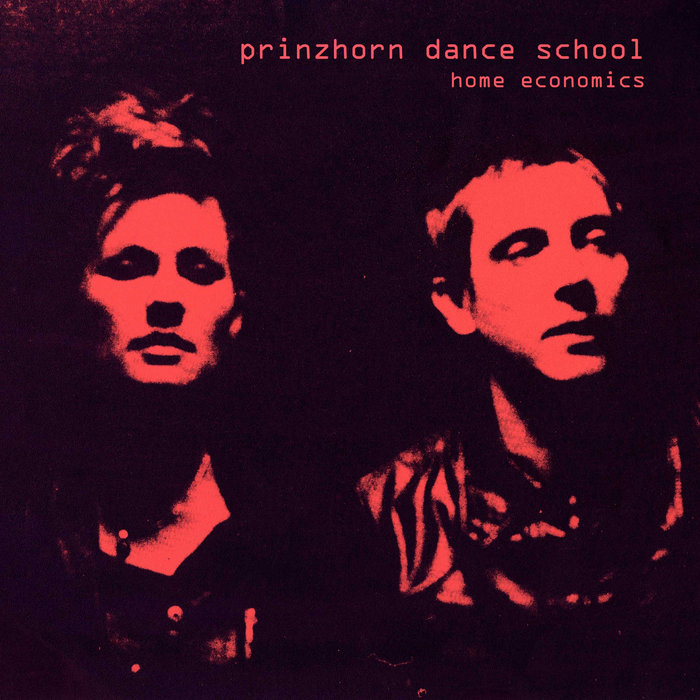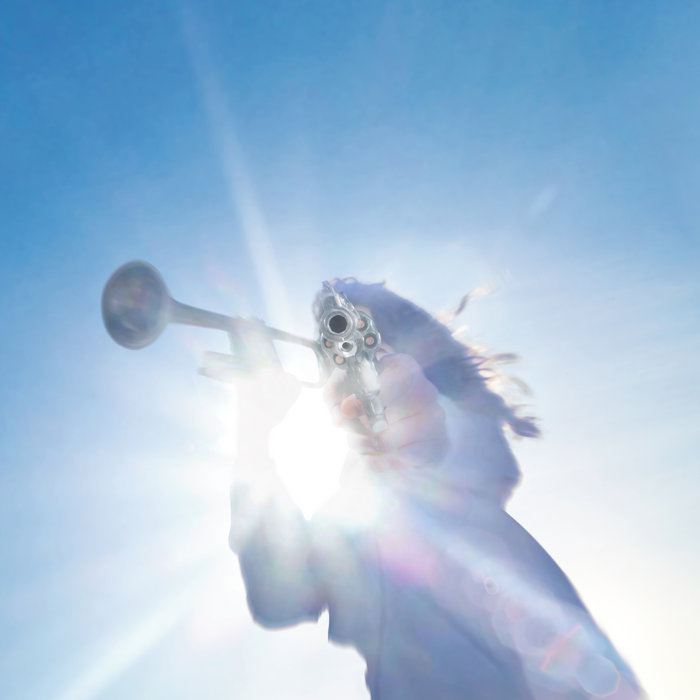
You Are the Space Invader (An Optimo (Espacio) Mix) – Prinzhorn Dance School
this blog is GROOVY – check out great Soul, Funk, Jazz, Hip Hop, Bass, Breaks , Reggae, House n many more TUNES
Post-punk is like that elusive cool kid you admired from afar in high school—mysterious, innovative, and always a little on the edge. Emerging in the late 1970s as a response to punk rock’s raw energy, post-punk took those rebellious vibes and twisted them into something more experimental and diverse. Let’s dive into this funky genre that redefined the music scene!
The story begins around 1976-77 when bands like The Sex Pistols and The Ramones blew up stages with electrifying performances that spoke of anger, rebellion, and chaos. But while their sound was straightforward rock ‘n’ roll riddled with angst, some musicians started looking for deeper grooves. Enter post-punk.
Led by groups such as Joy Division, Talking Heads, and Siouxsie and the Banshees, post-punk blended punk’s fierce energy with art rock influences—from avant-garde to disco beats—and even classical music! This fusion gave rise to intricate bass lines, synth-heavy melodies, haunting vocals, and introspective lyrics.
One of the coolest aspects of post-punk is its refusal to stay in one box. Each band brought something unique:
Joy Division crafted an eerie soundscape filled with moody atmospherics thanks to producer Stephen Hague (who also worked his magic on Madonna later!). Their album Unknown Pleasures became an absolute classic.
Meanwhile, Talking Heads introduced funk rhythms sprinkled with quirky lyrics through tracks like “Once in a Lifetime.” David Byrne danced like nobody was watching—even though everyone was!
Here come some chuckles amidst all this sonic revolution:
Bauhaus – Famously known for their track “Bela Lugosi’s Dead,” they allegedly had a difficult time finding venues because many thought they were too dark! One venue turned them down saying it felt like “a funeral procession.”
Siouxsie Sioux – Before she became a legendary frontwoman known for her dramatic style (and wicked eyeliner!), Siouxsie attended school alongside Steve Severin who would later become her bandmate in Siouxsie & The Banshees. They often skipped classes together—perfecting their artistry over skipping math tests!
Gang of Four – Known for their politically charged lyrics fused with funk-infused guitars—their first rehearsal involved playing without any actual instruments! They simply mimed along while discussing Marxism—a true blend of theory meets performance art!
In the case of Joy Division’s Ian Curtis: he once performed at a festival where he famously crushed it—but not before needing medical assistance due to epilepsy during his performance! Talk about dedication; Curtis insisted on continuing despite these struggles.
Speaking of Dance Moves: No discussion about Talking Heads can skip mentioning David Byrne’s iconic big suit from “Stop Making Sense.” Legend has it that he wore oversized suits as part of his stage persona…because why not? If you can’t embrace your inner quirkiness on stage—where else?
By blending elements from various genres—from jazz improvisation to dub reggae—post-punk emerged victorious amid musical landscapes dominated by disco or arena rock bands at the time.
As new wave sounds began swirling around in clubs across cities worldwide throughout the ’80s (hello Duran Duran), this genre maintained its edgy roots transforming itself into sub-genres including goth-rock combined seamlessly alongside Britpop enthusiasm taking over British airwaves soon after.
And don’t forget how electronic music got intertwined here! Acts like Kraftwerk laid groundwork influencing countless future generations; today’s EDM scene owes plenty back toward these funky pioneers paving pathways creatively forward via synthesizers since day one!
Fast forward several decades later—we see how modern artists are still inspired by those early post-punks achieving mesmerizing outcomes!
From Arctic Monkeys hitting mainstream charts echoing retro vibes reminiscently while embracing lyrical sophistication locked within catchy riffs—to Savages, channeling bold declarations wrapped tightly within pulsating basslines meant solely for dance-floors everywhere—it feels familiar yet fresh simultaneously.
So there we have it—the journey through time showcasing what makes up this incredible era dubbed post-punk! It paved ways full-circle reflecting artistic evolution expressing individuality unafraid leading voices carrying legacies ever so authentically onward still influencing today’s sounds shaping tomorrow.
Next time when you step onto your favorite record shop or hit Spotify searching down memory lane—you know now just how far-reaching love story goes behind every tune echoing out loud cheering throwback greatness feeling grooving excitement all along forevermore…

You Are the Space Invader (An Optimo (Espacio) Mix) – Prinzhorn Dance School

Let Me Go – Prinzhorn Dance School

Love In The Ground – Prinzhorn Dance School

Grief (feat. Maya Al Khaldi) – Mai Mai Mai

Damaged goods (Gang of four) – Joint Ravolta

100 Horses – Geese

The Demise of Planet X – Sleaford Mods

Strong Feelings – Dry Cleaning